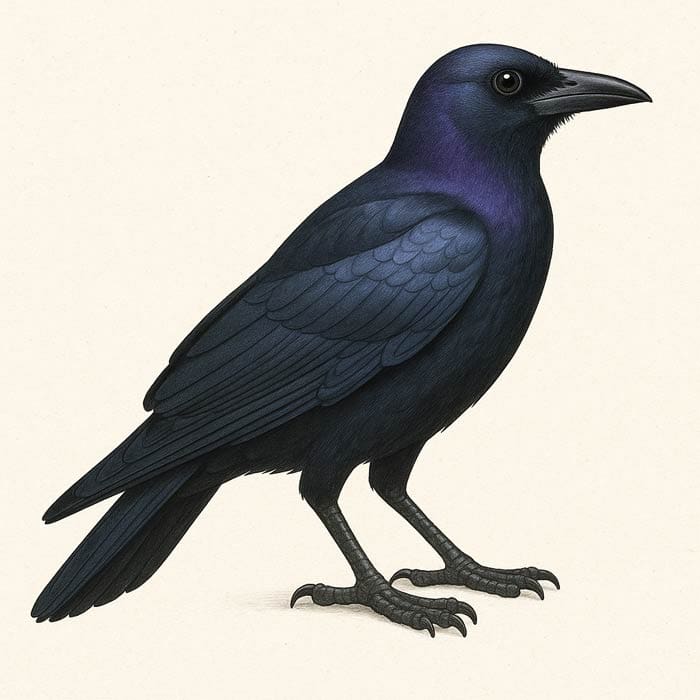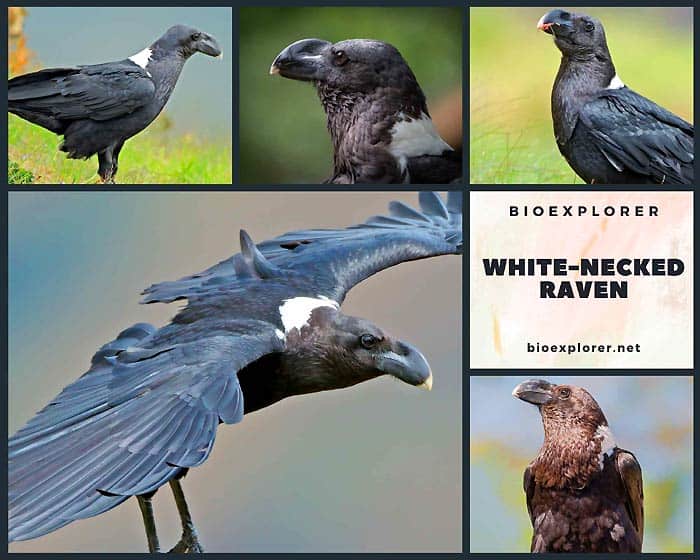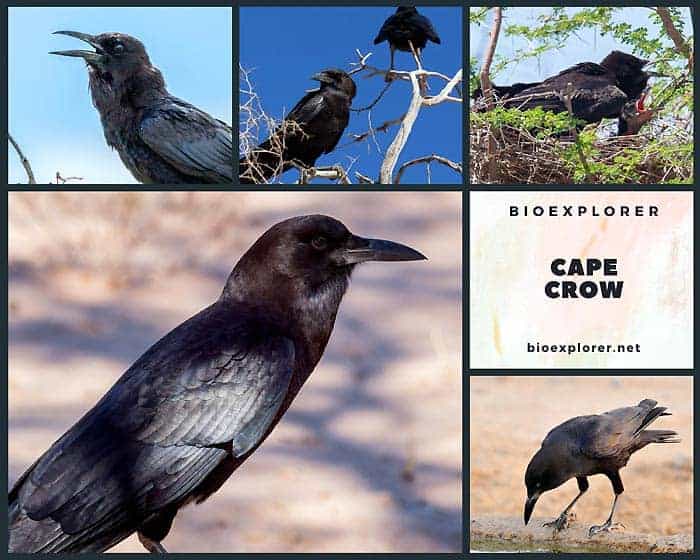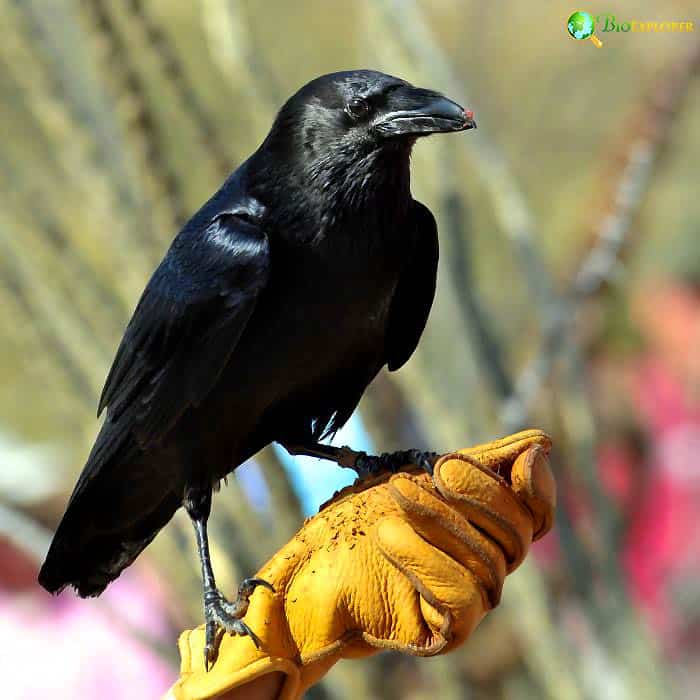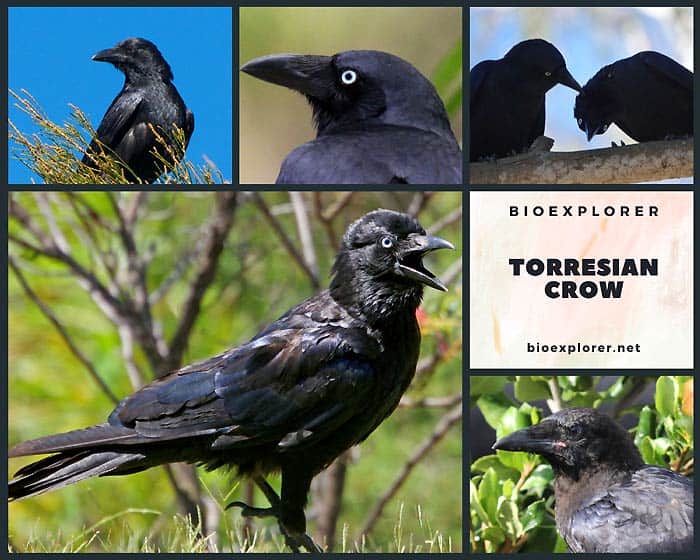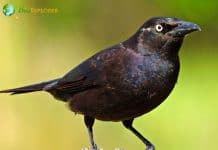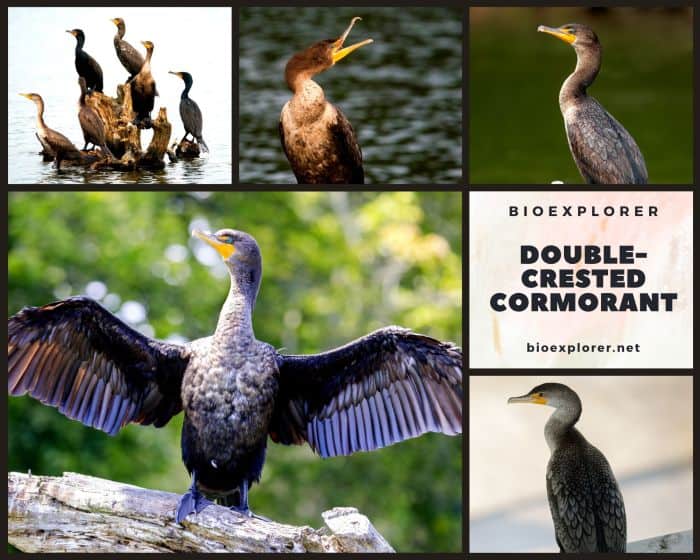
The Double-crested Cormorant is a bird with a prehistoric appearance that resembles a cross between a goose and a loon. They are close relatives of boobies and frigatebirds and are frequently seen in North American freshwater and saltwater environments.
They may draw the greatest attention when perched on docks, rocky islands, and channel markers with their wings spread wide to dry[1].
Table of Contents
Double-crested Cormorant Physical Characteristics
Double-crested Cormorants have large bodies, small heads, and long, kinked necks.
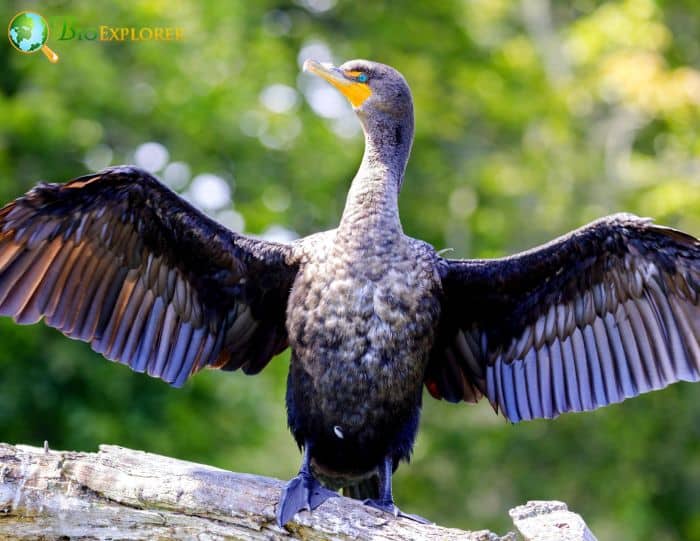
- Their heads are around the length of their narrow, highly hooked bills. They bob low in the water, their bulky bodies.
- Adults are brown-black with a little patch of yellow-orange facial skin. The neck and breast of immatures are the palest and are generally browner.
- Adults grow a tiny double crest of stringy black or white feathers during the breeding season[2].
Double-Crested Cormorants Get Wet, Unlike Other Water Birds
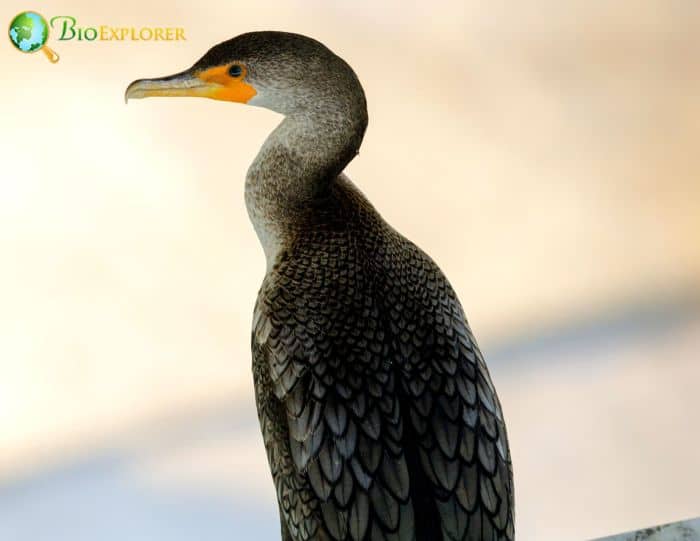
They frequently stand in the sunlight while spreading their wings to dry. As a result, they produce less preen oil than other birds, which means that instead of shedding water like a duck, their feathers can get wet.
Double-Crested Cormorants Are Seasonal
Only adults have double crests, and that too only during the breeding season.
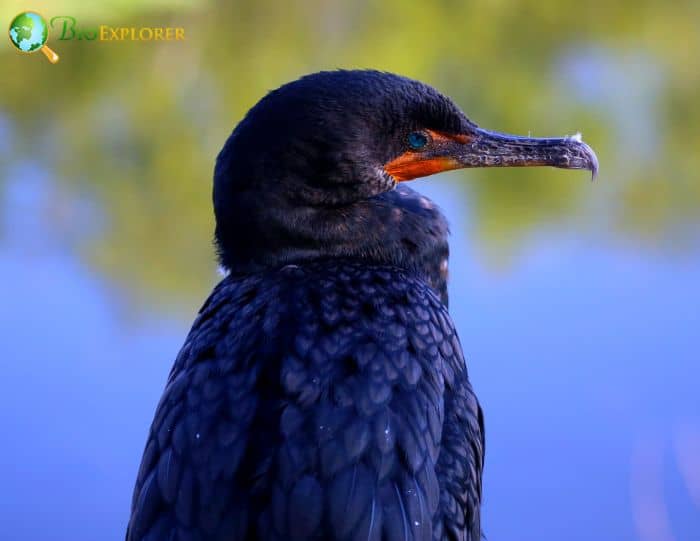
- While cormorants from other locations have black crests, those from Alaska have white ones.
- Cormorants breed in colonies of up to 3, 000 pairs and are monogamous birds.
- The male selects a nest site and then displays his colorful head and neck skin while standing in a “wing-waving display” to attract a female. Intricate courtship dances are also performed by males, including in the water, during which they offer the female materials for their nest.
- Double-crested cormorants lose their crests after mating[3].
Double-Crested Cormorants Have Creches
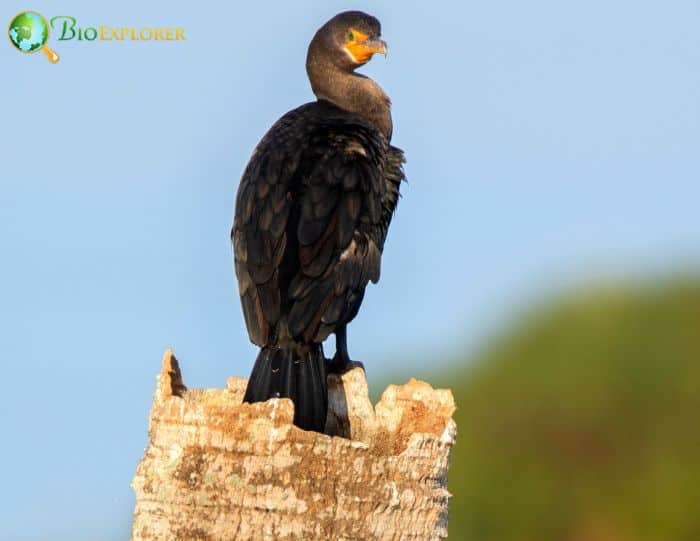
Young ones leave their nests in breeding colonies where the nests are built on the ground and form groups (creches) with other young birds. Then, they go back to their own nests during feeding time[4].
Double-Crested Cormorants Have A Love For Trash
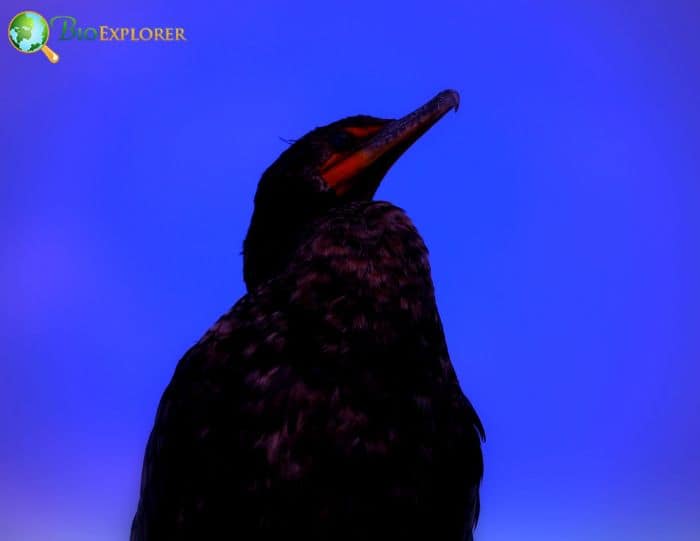
The double-crested cormorant uses sticks and other items to construct a large nest. It commonly gathers trash, including ropes, deflated balloons, fishnets, plastic garbage, and even feathers to add to the nest[5].
Double-Crested Cormorants Mistake Stones For Eggs
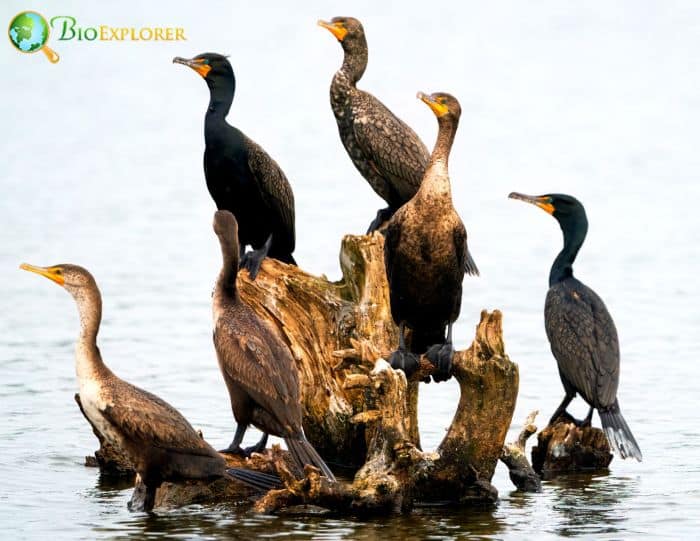
Double-crested Cormorants occasionally have large pebbles in their nests, treating those things like eggs[6].
![]()


